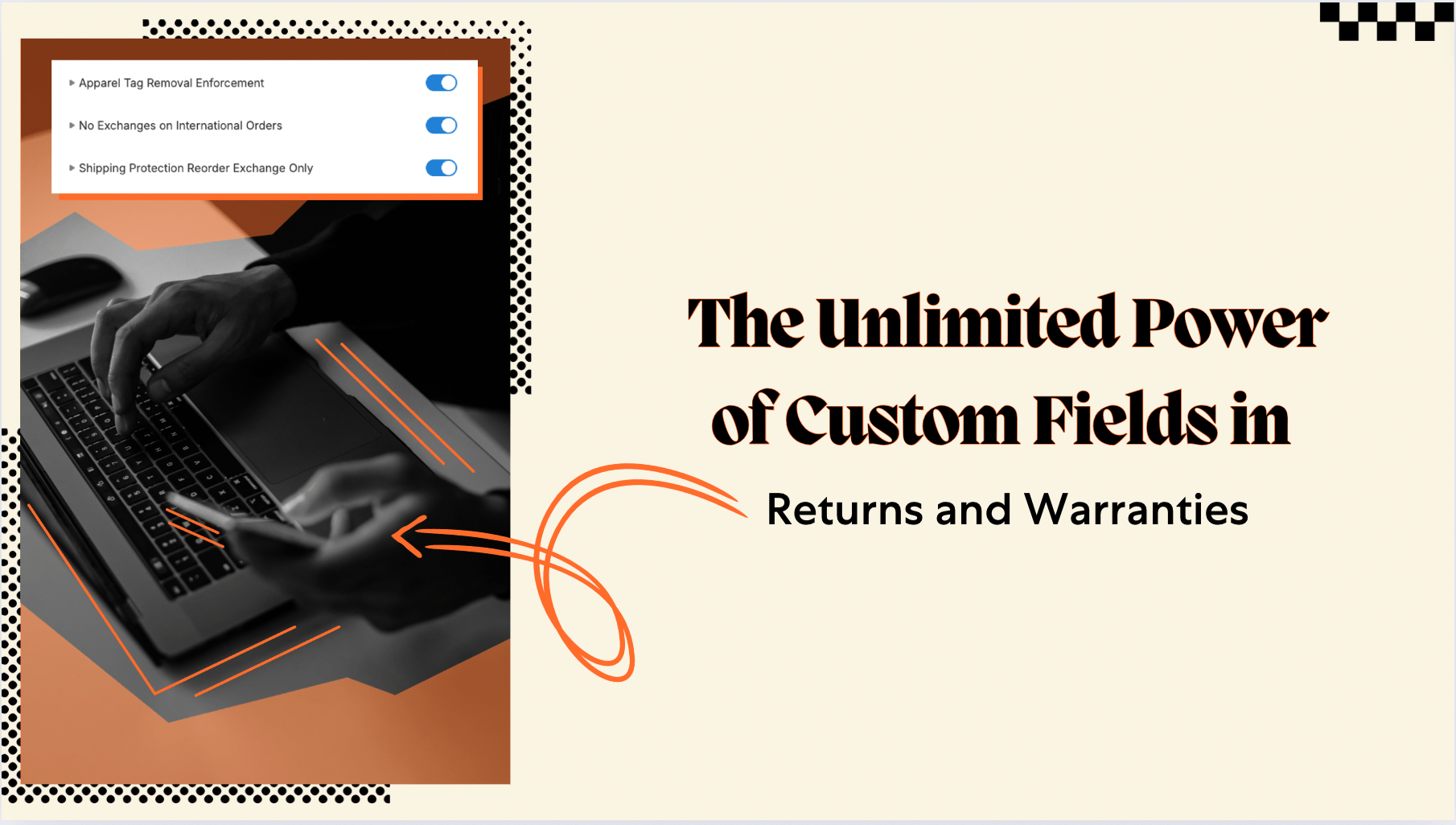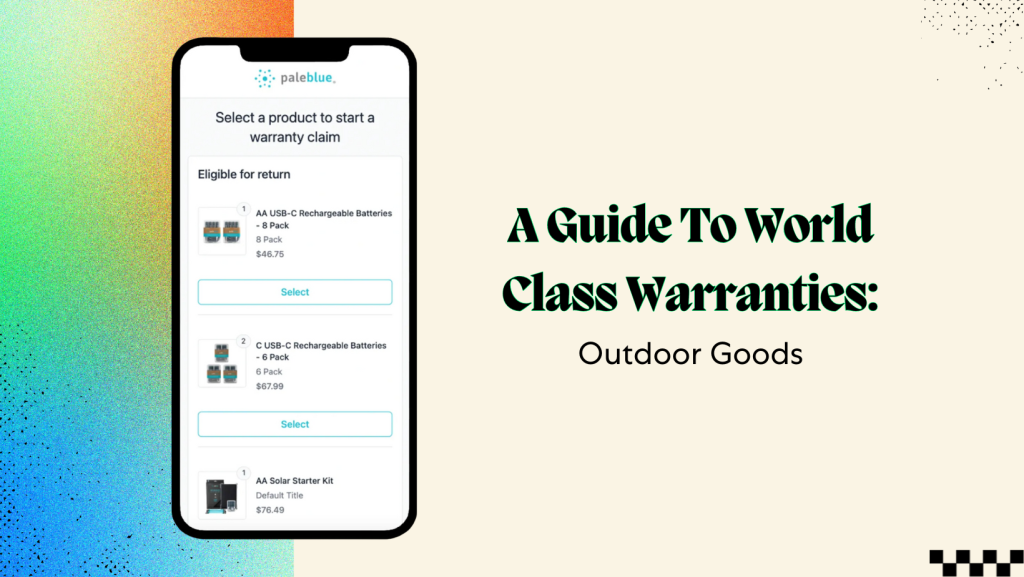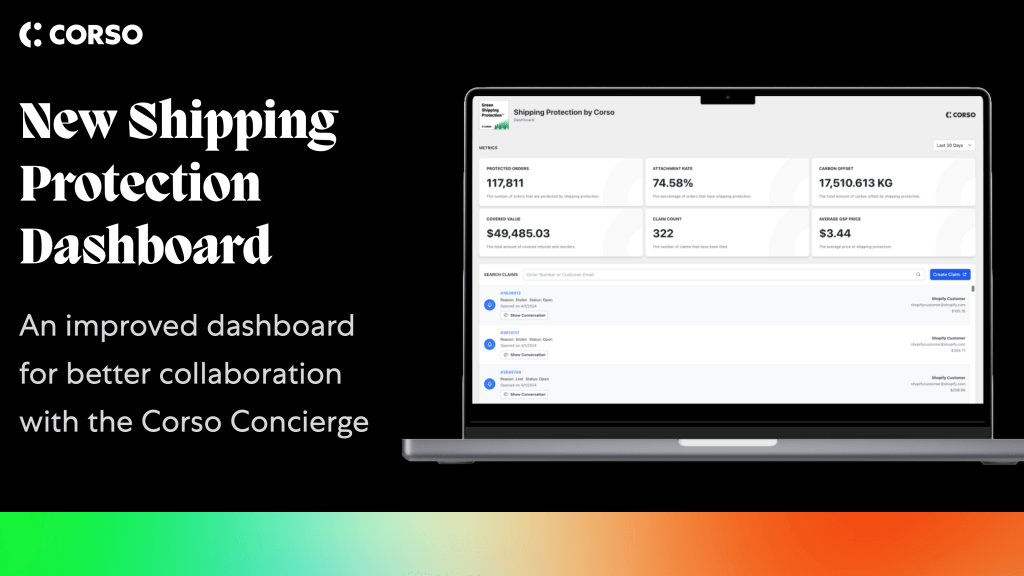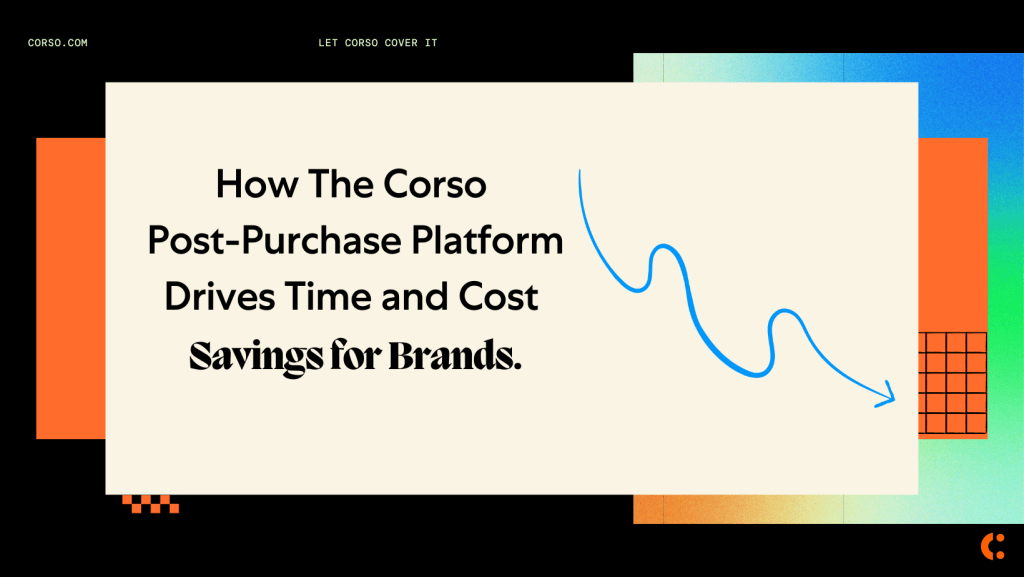For some brands, setting up a return reason questionnaire on why customers are returning an item is sufficient. However, for some products and brands, that just doesn’t cut it. That is why Corso created custom fields.
Understanding Custom Fields
Unleashing the power of custom fields can be a superpower for brands, by helping them to:
- Reduce their return rate
- Process returns more quickly and efficiently
- Easily process warranties without back-and-forth with the customer
- Gather data to make well-informed and important product decisions.
Custom fields don’t only add value to returns, but they also unlock a variety of possibilities for warranty claims. Every product is different, and every brand needs specific information to accurately process warranty claims submitted by customers. With the ability to ask unique questions specific to a product type, brands can request all of the necessary information upfront, reducing the need to go back and forth with a customer on claims.
Enhancing Data Collection
As we touched on above, custom fields enable brands to gather detailed information about returns and warranties, leading to more informed decision-making. For instance, you can create fields to capture reasons for returns, detailed descriptions of product issues, require multiple image uploads, select from a preset drop-down, or even provide more customer feedback. This data can help identify common problems, track trends, and understand customer needs better.
For example:
- Reason for Return: Understanding why products are returned can highlight quality issues, sizing problems, or other factors that can be addressed to reduce return rates.
- Product Condition: Collecting detailed information about the condition of returned items can assist in assessing warranty claims and determining whether products can be resold or need refurbishment.
- Product specifications: gather serial numbers, lot numbers, or any other number of product details.
- Customer Feedback: Direct feedback from customers about their return experience can provide valuable insights into improving the overall process.
For example, if you are receiving a high number of returns on a particular style of women’s running tight due to “wrong size”, you may want to amend the size guide on the product listing or make customers aware to size up or down. This not only helps to reduce returns, but also demonstrates that your brand cares about their customers.
Or if you want to get more granular in identifying the issues customers are experiencing, you can ask follow up questions based on the claim reasons customers originally selected. So if a customer says their bag zipper broke, you can easily follow up with a question that differentiates between the zipper pull breaking or the zipper teeth, giving your product team valuable feedback to improve product design.
Streamlining Operations
Custom fields can also help streamline the operational aspects of handling returns and warranties. By leveraging Corso’s powerful automations engine, brands can build custom rules. These custom rules save brands time, as they don’t have to manually process every return scenario, the rules will process them automatically as you need. Automations with custom fields also save brands money by reducing support costs and pre-qualifying customers who are ineligible for returns, saving you further support and label costs. Here are a few examples of automated workflows:
- Change the Return window to 60 days instead of 30 days if customers purchase during the Holidays (mid-Nov – end of Dec).
- Auto Finalize the return claim if the order total is under $20.
- Ask the customer in the return flow whether they removed the tags, if yes, make the order ineligible for return.
- Require specific image uploads based on the issues a customer selected.
Real-World Application: Corso’s Custom Fields
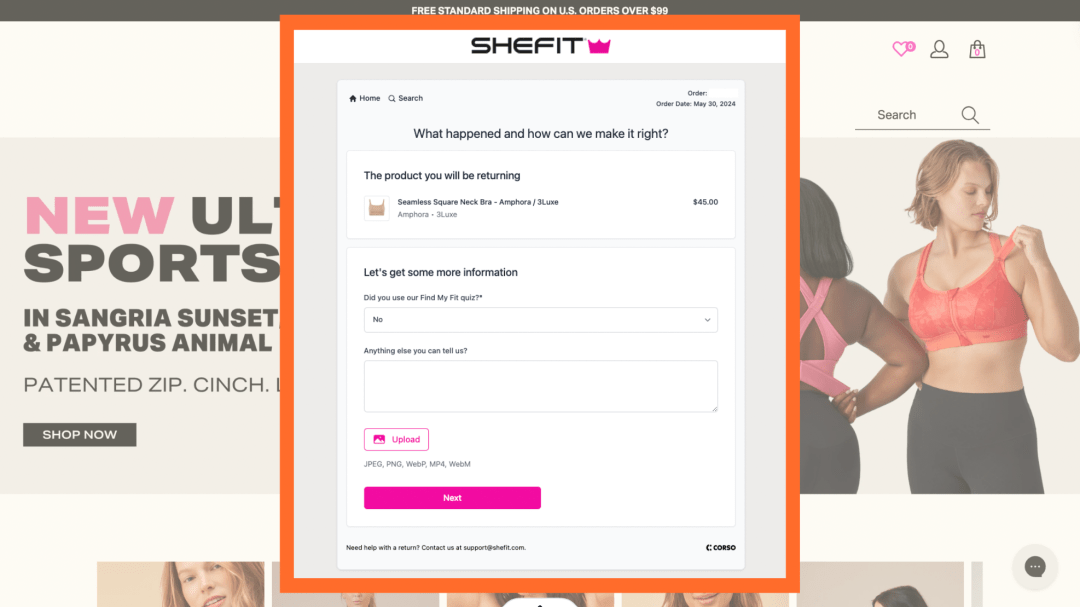
SheFit
For returns, Shefit uses a custom field where they ask customers if they used their “fit-finder” when buying the original item. By the feedback customers give, they can easily calculate if that website feature has reduced the return rate for customers who use it.
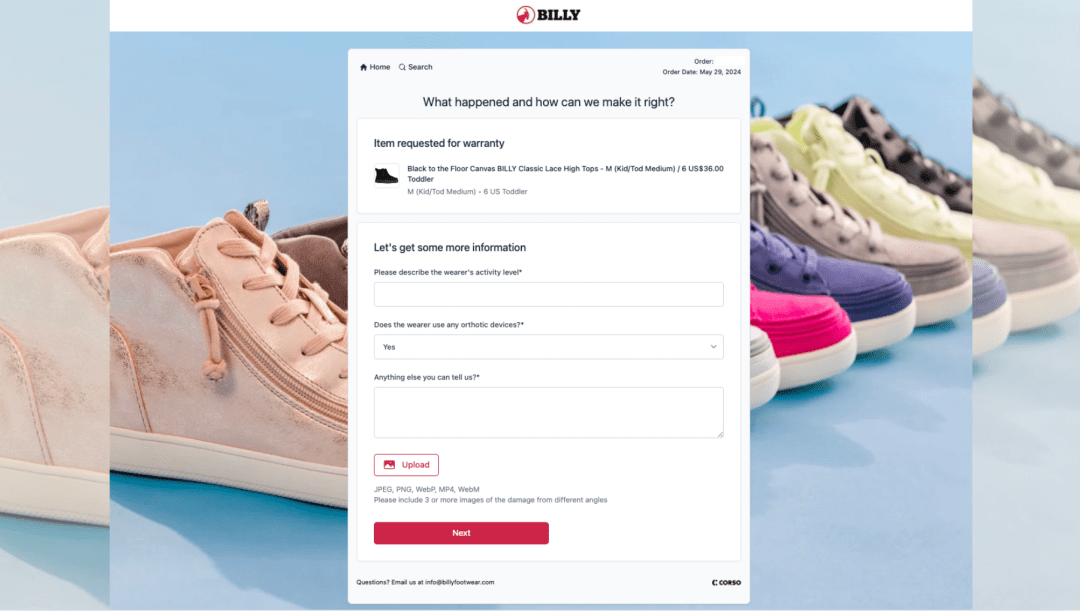
Billy Footwear
Billy Footwear uses custom fields to gather product and usage information for customers who have defective items. This helps them quickly take care of their customers, limiting back-and-forth emails. They also use this data to inform their product team to make their already fantastic product even better.
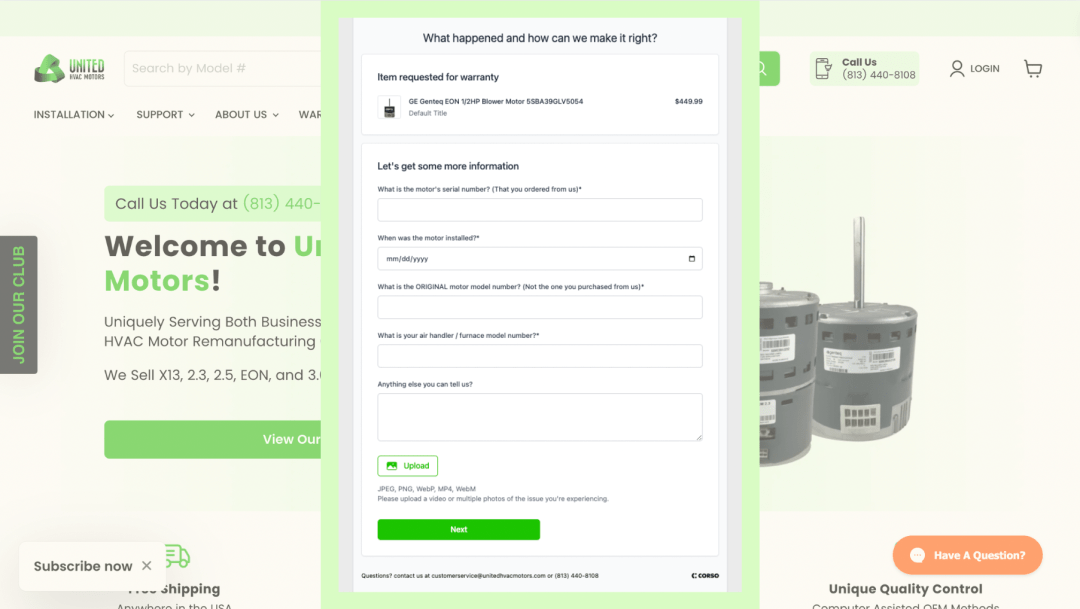
United HVAC Motors
United HVAC Motors has a huge catalog of very specific and technical items. In order to quickly identify an issue one of their motors has, they need to gather a lot of product-specific information, such as serial number, model number, original item model, and more.
In Summary
The possibilities of what you can do with custom fields are endless. By leveraging custom fields, brands can successfully increase profitability and transform returns and warranties processes into seamless, efficient, and customer-centric operations.
If you’d like to learn more about setting up automations for your brand, schedule a demo with the team.
Crew by Corso:
Returns, Exchanges, Warranties and Tracking
One hub for a more unified post-purchase experience.


